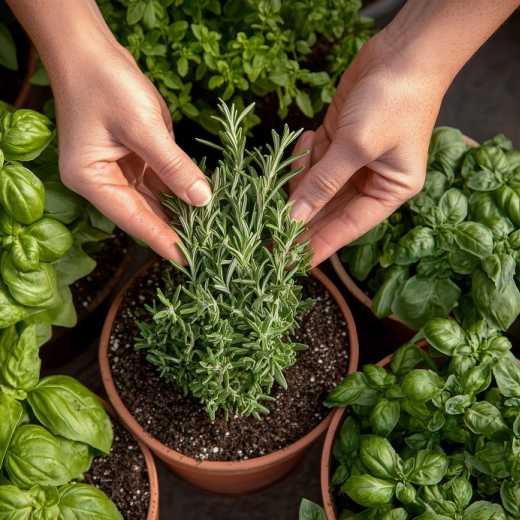Sweet Potatoes
As most of us prepare for a long stretch of cooking and eating and visiting with loved ones, gardeners have the special luxury of bringing their home-grown items to the table. Perhaps its the thyme and sage you add to the stuffing or the hot peppers you slip in to the cornbread. It could be the corn you harvested in July and froze just for the special occasion. Maybe you are hard core enough to add the main course to the table, dressing it with herbs and butter you churned yourself. If, however, you are more like the average gardener, one simple crop that is guaranteed to wow your guests is the home grown sweet potato.
This mild mannered vegetable is rarely the star of the table and yet it is definitely a team player, pairing well with other root crops like carrots, parsnips, beets, and onions. Its versatility is boundless, lending to savory as well as sweet dishes and one of the most overlooked of its features are its edible leaves that taste like a sweeter version of the spinach most of us adore.
Growing sweet potatoes requires almost zero effort after planting. All that is required is a phosphorus rich, neutral pH soil, 100 days of sunlight and temperatures over 50 degrees.
For most North American gardeners, you can plant sweet potatoes outside once temperatures reach an average of 50 degrees, or start slips indoors in a bucket, burlap growing bag, or a pot. Steady moisture allows for more even growth.
Although you can technically throw a potato into the grown and grow more, the better method is to make slips by placing a potato in a jar or glass of water and allowing leafy growth to reach about 4-6” with a minimum of 2 sets of leaves. Cut the shoots as close to the potato as you can and replant in a bucket or pot with light soil that is enhanced with phosphorus. Phosphorus promotes root growth and signals the plant to put most of the energy into storing starches. To do this, the plant will produces as many leaves as possible to convert sunlight into sugar which is then transported into thick, starchy potatoes.
All sweet potatoes are edible including the ornamental hybrids that are sold for their hot yellow-green color. However, the best varieties can usually be found at farm supply stores in your area. These are generally more appropriate for your local soil type. Two of my favorites in the Southern garden are Beauregard and O’Henry.
Sweet potato plants make an excellent border crop and can even be grown in the hell strip near the curb as they prosper in direct sunlight and warm soil. If space is at a premium, these can also be grown as potted specimens or a porch or balcony, provided they get the full sun experience required to generate lots of growth.
As sweet potatoes grow, they will generate long leggy vines of leaves. These can be easily pinched into your desired form but do not throw away the leaves. Toss both leaves and stems into your favorite stir fry or steam the leaves and serve as you would spinach. At harvest time, you can also collect all of the leaves and parboil them to put up as a frozen vegetable. These can be used in place of spinach in your favorite winter quiche.

Harvesting sweet potatoes is a simple as dumping the bucket in which they grow or lightly turning the soil with a pitch fork, being cautious not to scar the potatoes you harvest. Once out of the ground, you can leave them out for a few days at room temperature to cure before eating. If you plan to store them for longterm use, the preferred method is to lay them out on racks in a warm, humid environment for about two weeks, The stress of sudden exposure to such a humid environment will signal the sweet potato to form anti-microbial barrier called a Suberin(1) coat. Once this forms, the sweet potato can last in cool storage for up to a one year.

Source: https://pubmed.ncbi.nlm.nih.gov/25504271/

 Member Login
Member Login






